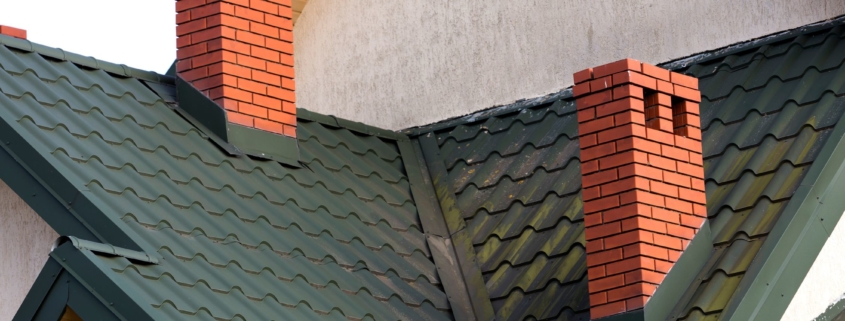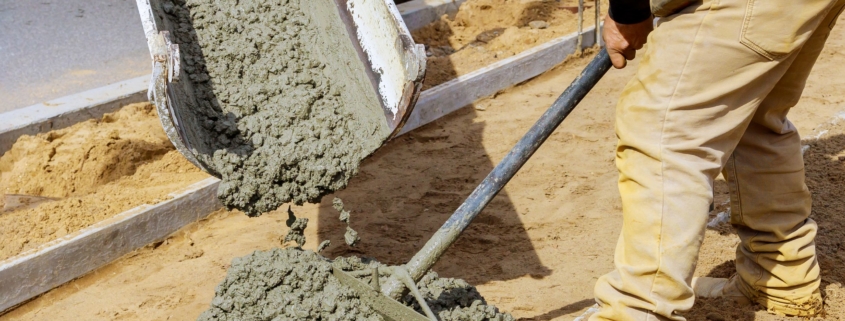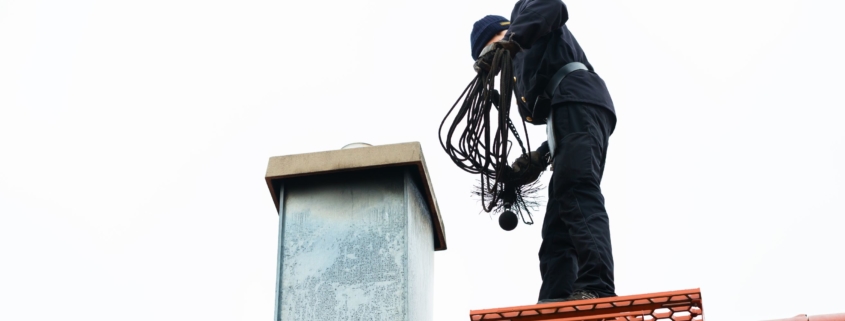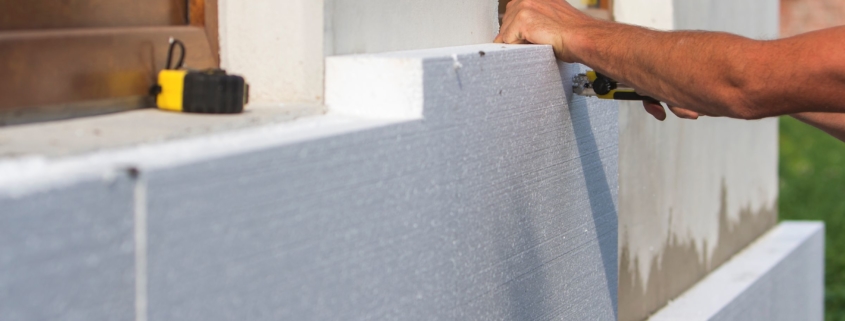Most homeowners are focused on the more obvious aspects of their home: maintaining the façade, repairing floors and windows, and generally keeping it in optimal condition. However, most homeowners also forget about their chimney until it becomes a glaring problem—and an oftentimes expensive one.
The chimney is one of the structural elements of the house that is most exposed to severe weather. Since they jut out above the roofline, they catch the worst of the elements and incur damage over time. They’re also highly susceptible to water penetration, which is the single most significant cause of damage and deterioration. If left unchecked, it could lead to issues that’ll cost thousands of dollars to repair.
Here are four steps to waterproof your chimney and protect it from leaks:
Thoroughly Clean Your Chimney
Before waterproofing your chimney, you have to make sure it’s as spic and span as possible. This means cleaning it from rust, dirt, mould, and other stains and foreign matter that will interfere with the waterproofing process. Using a brick cleaner mixed with water is an effective way to thoroughly clean your chimney’s surface and scrub any stubborn areas of grime.
If you have difficulty cleaning some areas, a power washer might do the trick. Once your chimney is cleaned, allow it to dry for a day or two.
Shield Non-Target Areas
Next, it’s time to protect the areas that won’t be targeted by the water repellent. Some areas should be left untouched as water repellent can discolour or damage certain areas, such as your shingles and windows. Make sure to use an absorbent material on the base of the chimney, which will prevent any over-spray from running off onto the roof.
If there is any siding that is within the vicinity of over-spray, cover them up. Although over-spray is easily removable when it’s wet, it is almost impossible to wipe off once it’s dry.
Conduct Minor Repairs
If there are minor cracks in your chimney, attend to these before proceeding to waterproof them. Using a crack and joint sealant is sufficient for repairing cracks that are up to an eighth of an inch wide on mortar joints. Although it won’t be noticeable on lighter-coloured mortar joints, it will be obvious on bricks over time.
However, if your chimney has more significant damage that needs rebuilding, consult a masonry professional to repair it. If it’s been tuckpointed, allow around three to four days for the mortar to settle and cure before waterproofing it. On the other hand, if there are large parts of the chimney that have been completely rebuilt, another twenty-eight days must pass for the new masonry to cure before spraying it with a water repellent to allow it to bond properly.
Use Breathable Water Repellent
Once the masonry has cured and all repairs have been carried out, your chimney is finally ready for waterproofing. Make sure to choose a day of dry weather for a successful waterproofing session.
Choose a breathable water repellent to allow moisture in the chimney to escape; otherwise, it will remain trapped and cause it to expand and contract according to the weather. This will cause spalling in your bricks, and you’ll have to replace your bricks or completely rebuild your chimney.
After you’ve positioned your drop cloths, it’s time to apply the water repellent. Use a pump-up garden sprayer with a fan-like nozzle to achieve maximum reach with each spray. Start at the bottom of your chimney and slowly spray around it until you reach the top. After that, apply a flood coat all around the chimney. This is done by heavily spraying it so that it starts to run down several inches.
For extra measure, apply another wet-on-wet coat within five minutes, which will take up to six hours to dry.
Conclusion
Waterproofing your chimney will not only help it stay in great condition, but it will prevent any leaks that could cause severe damage. It also calls attention to any repairs that need to be made prior to the waterproofing process, which will allow you to efficiently solve your chimney problems in one go. By protecting your chimney from water damage, you’ll be protecting it from deterioration, saving you plenty of time and money.
Red Robin Masonry is a masonry company in Toronto that also offers waterproofing and chimney repair services to Markham, Mississauga, Scarborough, and Thornhill. Our top-notch experts will make sure that your structures are robust and well-maintained. Have a chimney that needs to be repaired? Call us today at 416-206-8859!




